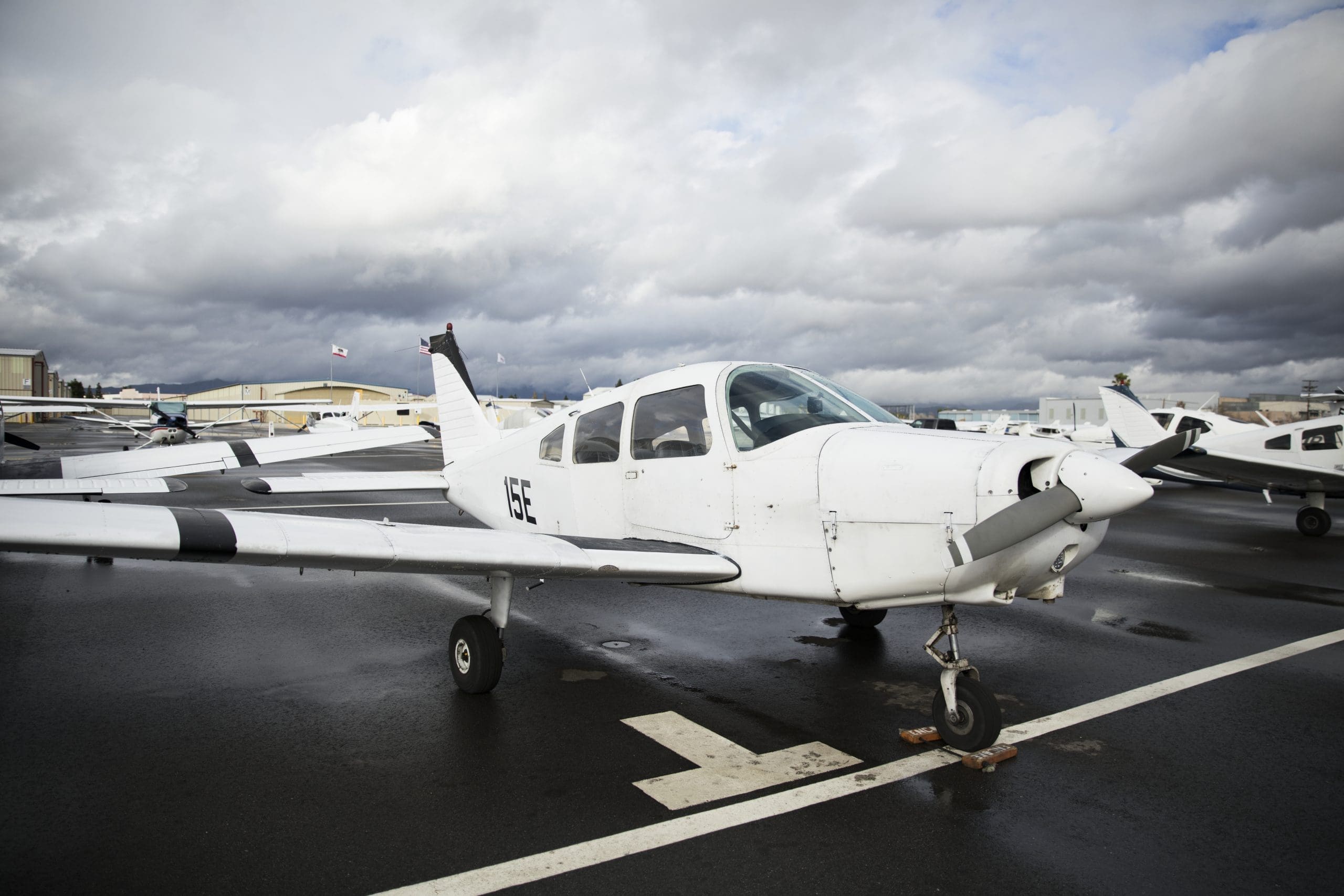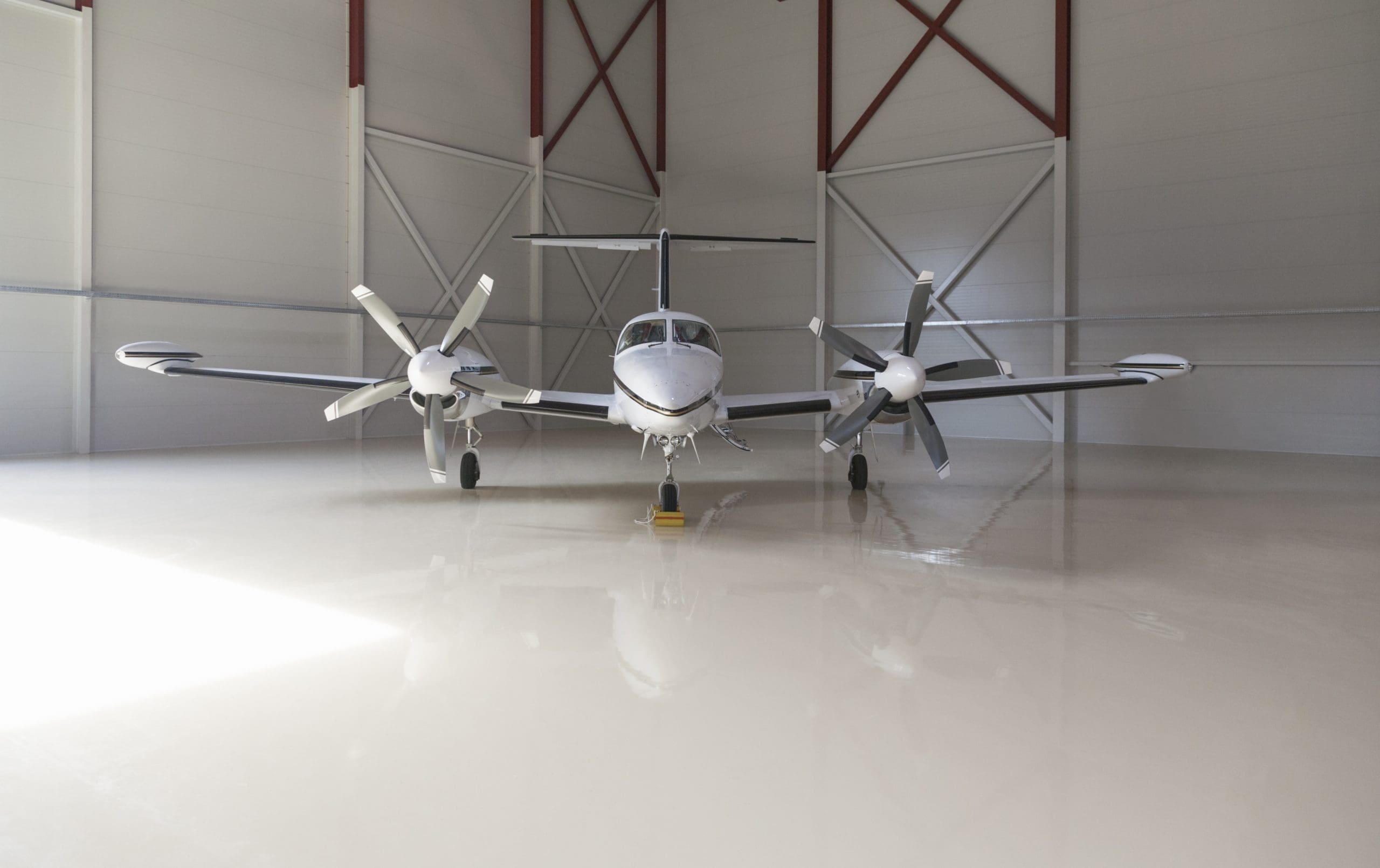
Cessna 152
The Cessna 152 is a two-seat, fixed tricycle gear, general aviation airplane, used primarily for flight training and personal use. First introduced in 1977, the 152 was intended to be an improvement over the popular Cessna 150 model, boasting better performance, a more modern avionics package, and improved utility. Powered by a reliable Lycoming O-235 engine, it can reach speeds up to 110 knots, and has a range of approximately 690 kilometers. The Cessna 152 is renowned for its durability, economical operation, and gentle handling characteristics, making it one of the most popular trainer aircraft in history. By the time production ceased in 1985, over 7,500 units of this model were produced, and many are still in active service today around the world.
Piper Cherokee 180
The Piper Cherokee 180 is a classic, four-seat, light general aviation aircraft manufactured by Piper Aircraft. Introduced in the early 1960s, it was designed as a low-wing monoplane with a constant chord wing, which made it relatively simple and cost-effective to produce while still providing excellent flight characteristics. Its name, “180”, derives from its original engine, a 180-horsepower Lycoming O-360, which provides a top speed of around 130 knots and a range of nearly 800 miles. The Cherokee 180 is known for its durability, stability, and ease of handling, making it a popular choice for flight training and personal use. It’s also notable for its spacious cabin and generous baggage space, offering a level of comfort often found in larger, more expensive aircraft. Over the years, Piper has released various models of the Cherokee 180, each incorporating enhancements and improvements, thereby ensuring its continued popularity among pilots and flight schools.


Beechcraft Duchess BE76
The Beechcraft Duchess BE76 is a light, twin-engine, general aviation aircraft with a seating capacity for four people. Manufactured by the Beechcraft Corporation, the Duchess was first introduced into the aviation market in the late 1970s as an aircraft designed for multi-engine flight instruction and personal use. The aircraft features an all-metal structure, T-tail configuration, retractable tricycle landing gear, and is powered by two 180-horsepower Lycoming engines, offering a cruising speed of about 155 knots and a range of over 800 miles. The Duchess’s counter-rotating propellers – a unique feature among light twins – minimize the critical engine handling problems if one engine fails, thus enhancing its safety appeal. The Beechcraft Duchess BE76 has earned a reputation for its dependable performance, responsive handling, and solid construction, making it a preferred choice for multi-engine training and cross-country flying.

“If you are looking for a first class instructor you are at the right place.Very knowledgeable and willing to help you succeed.”

